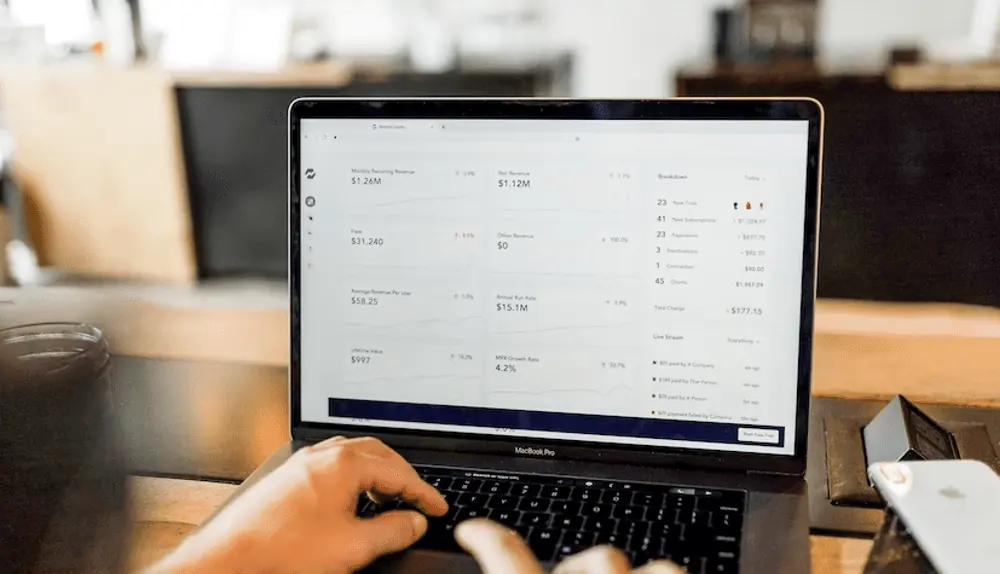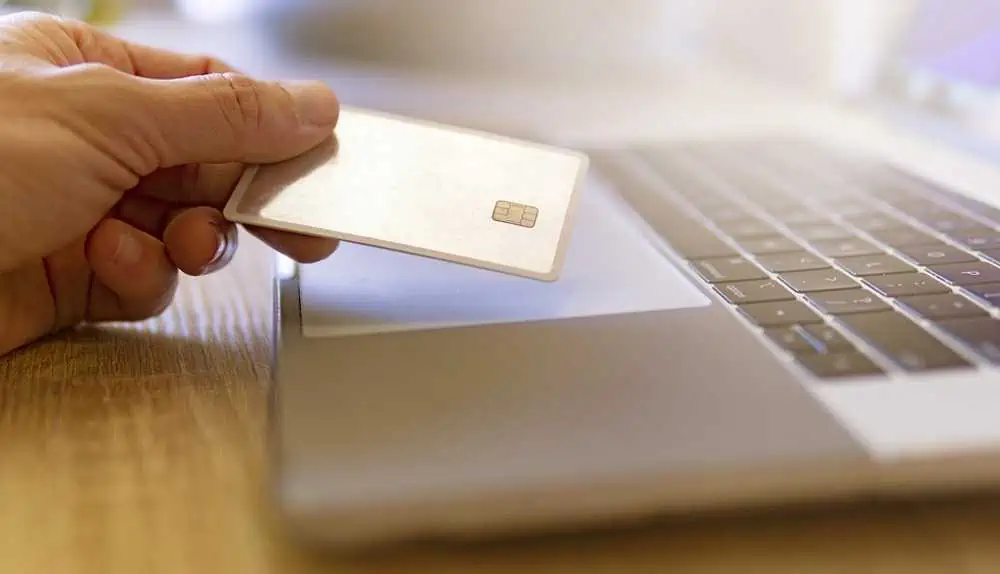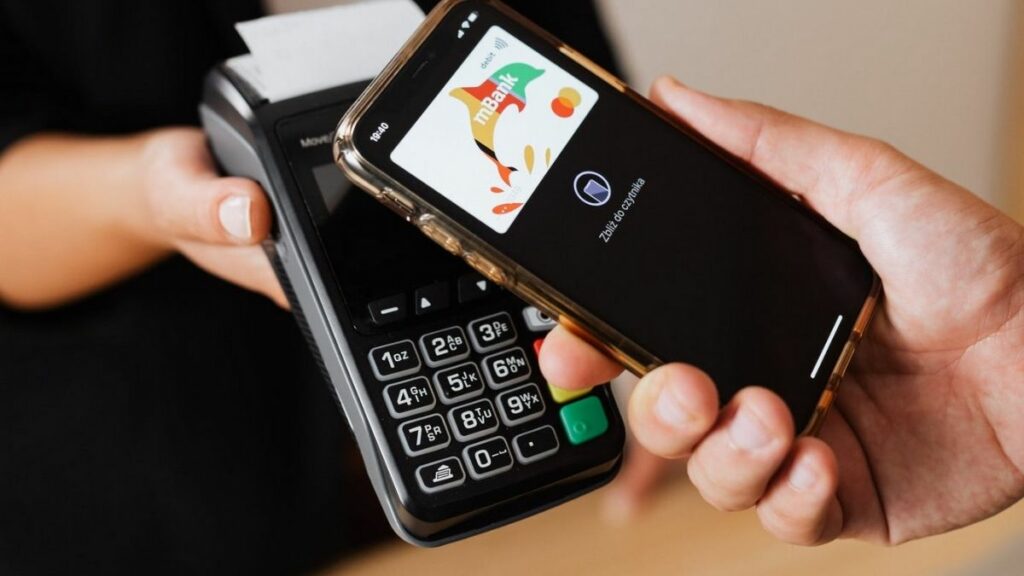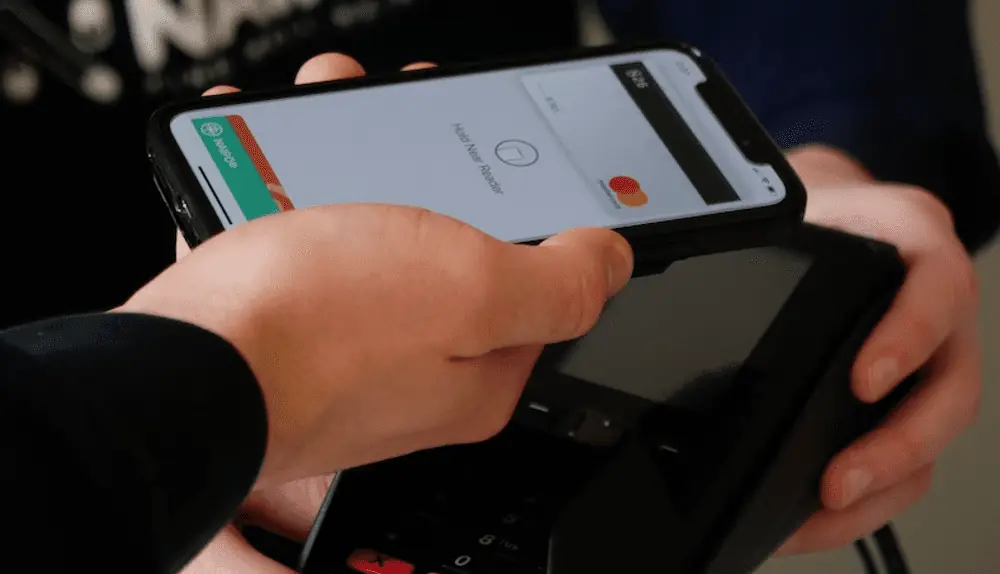High-risk transactions refer to any type of credit card payment with a significant financial loss risk. Identifying these transactions within your business can be challenging, as they come in various forms. Even companies that are considered low-risk may unknowingly process high-risk transactions.
To determine if your business accepts high-risk transactions, refer to our guide that details what constitutes high-risk, the reasons behind their classification, and strategies to safeguard your business while processing them.
This article explains in detail the difference between high-risk and low-risk transactions.
What is a High-Risk Transaction?

When it comes to credit card payments, not all transactions are created equal. While all payments made by credit card are technically risky, certain transactions are more prone to issues such as chargebacks, fraud, and other issues.
These types of payments are referred to as high-risk transactions. Unfortunately, with statistics suggesting that over 65% of businesses are currently facing a rise in fraud and chargebacks, it’s more crucial than ever to familiarize yourself with high-risk transactions as a preventative measure.
Understanding high risk merchant services and what constitutes a high-risk transaction is the initial step toward reducing its potential risks.
Examples of high-risk transactions
CNP transactions
Regarding credit card payments, card-not-present (CNP) transactions refer to those in which the cardholder is not physically present to make the payment. This can include purchases made online, over the phone, or through email.
Unfortunately, this type of payment is considered high-risk as it makes it easier for fraudsters to use stolen credit card numbers without presenting a physical card. This increases businesses’ risk of fraud, chargebacks, and other potential issues.
High-ticket purchases
Regardless of the industry in which your business operates, large-value purchases can result in significant financial loss for merchants and payment processors. If your business deals in products or services with a high price point, it’s crucial to reduce the risk of fraudulent charges.
A single transaction can result in significant financial loss, and it’s essential to be vigilant to protect your business. Companies that process a high volume of transactions are also considered at a higher risk for fraud, and these businesses need to take proactive measures to mitigate this risk.
First-time customers
When it comes to credit card transactions, first-time customers may pose a higher risk of committing fraud than those who have made purchases with your business before. This is because established customers have a history of transactions with your business; thus, you can be more confident that they are using legitimate cards for payments.
On the other hand, new customers may have a different level of trust established, making it more challenging to confirm the authenticity of their transactions.
What is a Low-Risk Transaction?

A low-risk transaction refers to a credit card payment that carries a minimal chance of financial loss. These transactions are considered safe and reliable for businesses to process and are typically associated with a low rate of chargebacks, fraud, and other issues.
Low-risk transactions are typically found in industries such as retail, service-based businesses, and other brick-and-mortar operations. Transactions in these industries usually have a low dollar amount and are made by customers with a good credit history.
Low-risk transactions can also include payments from certain countries or regions with a low fraud rate or chargebacks. These transactions are considered less risky because they are made by customers who have a history of making payments on time and have a low likelihood of disputes or chargebacks.
Examples of low-risk transactions
Digital authentication transactions
Various parties involved in payment processing, such as card networks, have developed authentication tools to combat the risks associated with credit card payments. These programs, such as Verified by Visa, aim to make it more difficult for fraudsters to use stolen credit card numbers for online transactions.
Implementing these tools makes it harder for scammers to impersonate legitimate cardholders, thus reducing the risk of fraudulent transactions.
In-person (card present) transactions
Regarding credit card payments, in-person transactions present a lower risk of financial loss than card-not-present transactions. This is primarily because it is more challenging for fraudsters to steal and use physical credit cards than to obtain and use stolen credit card numbers.
While in-person transactions aren’t entirely free from financial risks, they are considered less risky than their card-not-present counterparts.
Low-risk products
It’s worth noting that not all products and services are equally risky when it comes to fraud. Some goods and services are considered safer than others, which can significantly reduce the chances of fraudulent transactions. These “low-risk” products and services typically don’t have as many regulations to comply with.
For example, a retail store selling everyday household items would be considered low-risk. In contrast, a business accepting payments for a luxury or high-ticket item would be considered high-risk. Understanding which low-risk products can help businesses identify potential risks and take the appropriate measures to mitigate them.
Difference Between High-Risk and Low-Risk Transactions

When it comes to opening a merchant account, it is essential for business owners to understand the risk category under which their business falls. Banks generally classify businesses into three main risk categories: high-risk, mid-risk, and low-risk.
High-risk merchants have a greater chance of financial failures, such as stockbrokers, forex, and gambling industries, and can incur financial losses anytime. Due to this higher risk, banks may be more cautious when approving loans for such businesses.
On the other hand, mid-risk businesses involve a medium level of risk, while low-risk businesses involve minimal financial risk. Banks consider these risk levels when offering loans to businesses.
For example, a brick-and-mortar retail store would typically be considered a low-risk business, while an online gambling site would be considered high-risk.
Businesses need to understand their risk category to take appropriate measures to mitigate the risk of financial loss. This can include implementing fraud detection and prevention measures or working with a high-risk merchant services provider that serves high-risk businesses.
Ultimately, business owners can make more informed decisions when opening a merchant account and accepting credit card payments by understanding the risk associated with their business.
Conclusion

Businesses need to understand the difference between high-risk and low-risk transactions. High-risk transactions refer to any type of credit card payment with a significant financial loss risk.
These transactions can include payments made in specific industries, such as online gambling or adult entertainment, or transactions with a high dollar value. Payment made from certain countries or regions may also be considered high-risk.
On the other hand, low-risk transactions refer to credit card payments that are considered safe and reliable and are typically associated with a low rate of chargebacks, fraud, and other issues.
These transactions are typically found in industries such as retail, service-based businesses, and other brick-and-mortar operations. Understanding the risk level associated with different types of transactions can help businesses identify potential risks and take the appropriate measures to mitigate them.

